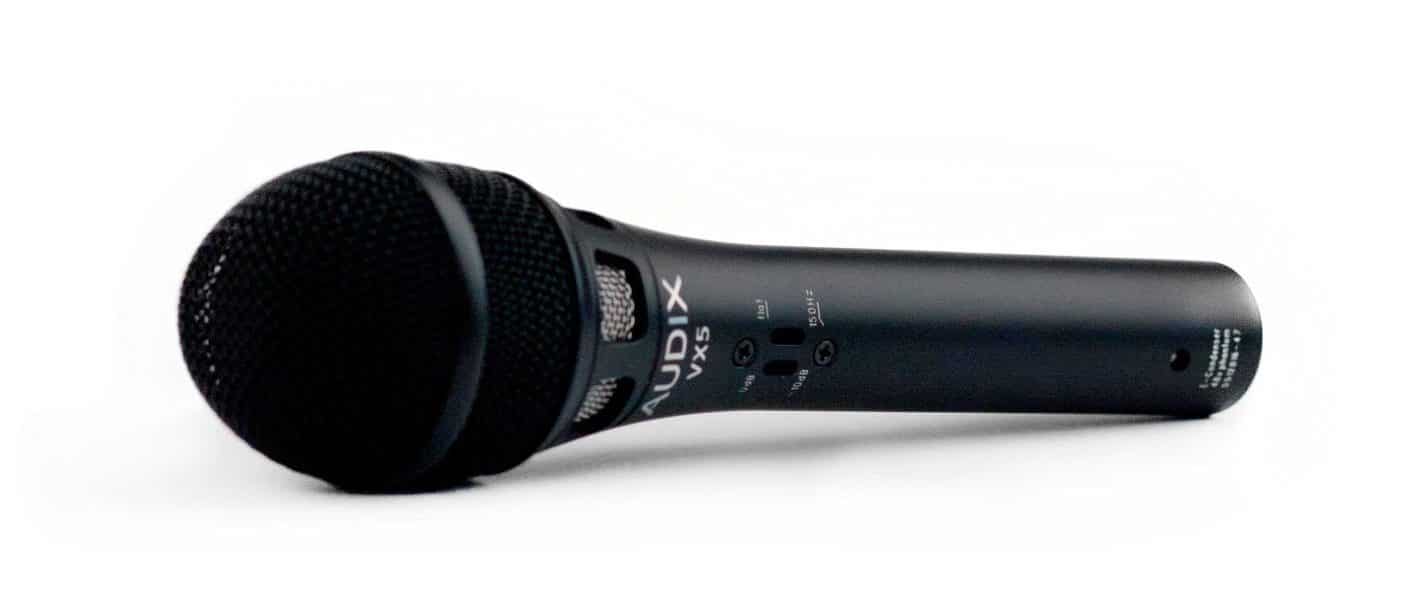By Ed Hansen
Microphone technique is an often overlooked but vital part of vocalist’s skill set. A little knowledge put into practice can greatly improve the quality of performances and there are some simple ways to improve your microphone technique.
You should hold the mic firmly, but not in a death grip. This will reduce handling noise, which is a kind of low frequency rumble. It will also allow you to be in a relaxed position while singing and keep you from dropping the mic, which, social media memes aside, is never a good idea.
Don’t cup the mic near or around the grille, because it will filter the sound and can cause feedback. In fact, do not cover the mic with your hand or anything else while it is active in the PA.
The single most important factor in mic technique is to sing directly into the center of the mic. This is called singing on axis. Do not point it toward your chin or sing across the top of the mic. Sing directly into the center of the microphone.
One to four inches away is a good starting distance. The closer you get to the mic, the louder your voice will sound in the PA and monitor systems.
Today’s microphones are designed to handle very close proximity, up to touching the microphone.
It is also important to not sing to the microphone, but through it or beyond the end. Vocal projection is important for establishing a strong vocal presence.
Every microphone has its sweet spot, the perfect distance from your mouth where there is a perfect balance of tone and volume. Move further away, you lose volume; if you get too close, you get a muffled or “muddy” sound. This is known as proximity effect.
Different microphone brands and models handle proximity effect differently, so it is worthwhile to test different microphones in advance.
Of course, don’t point the microphone towards the monitor or the main speakers of your PA. Otherwise, you are very likely to get a shriek of annoying feedback — both from the speakers and the audience.
Moving the microphone slightly can dramatically change the sound of your voice. Pointing it slightly towards your nose will naturally reproduce a more nasal or resonant tone. Pointing it more towards your mouth reduces the nasal tone and increases bass response.
When you sing, plosives – consonants like B’s or P’s – create a little blast of air pressure. When this happens, you can either move a little further away or simply turn off-axis for a moment to reduce their effects.
When performing, you may be holding the microphone or using a microphone stand, depending on preference or necessities such as singing and playing an instrument at the same time. The same basic techniques apply in both situations, with the obvious difference of either having to move the microphone or your mouth to adjust the distance and angle between the two.
The stand is practical and removes the potential problem of handling noise and many vocalists use the stand as a prop. Be sure the stand is in good condition and the mic clip is tight. You don’t want the mic moving down during a performance. Tighten the clutch on the stand, if it has one. If you are using a boom, make sure it will not droop when you are playing.
The microphone’s grille should be cleaned periodically. A clean microphone is nicer to sing into and regular cleaning will prolong the life of microphone. You can buy mic cleaner or just use a little bit of rubbing alcohol on a soft cloth and wipe down the grille.
Finally, consider buying your own microphone, one that fits your voice and style. It is the tool of your trade, the way a guitarist has his or her guitar. It is the best way to maintain control of your unique sound.
Ed Hansen is marketing manager at Audix Corporation, a leading U.S. manufacturer of microphones and wireless microphone systems for the installed sound and professional audio markets, www.audixusa.com.









